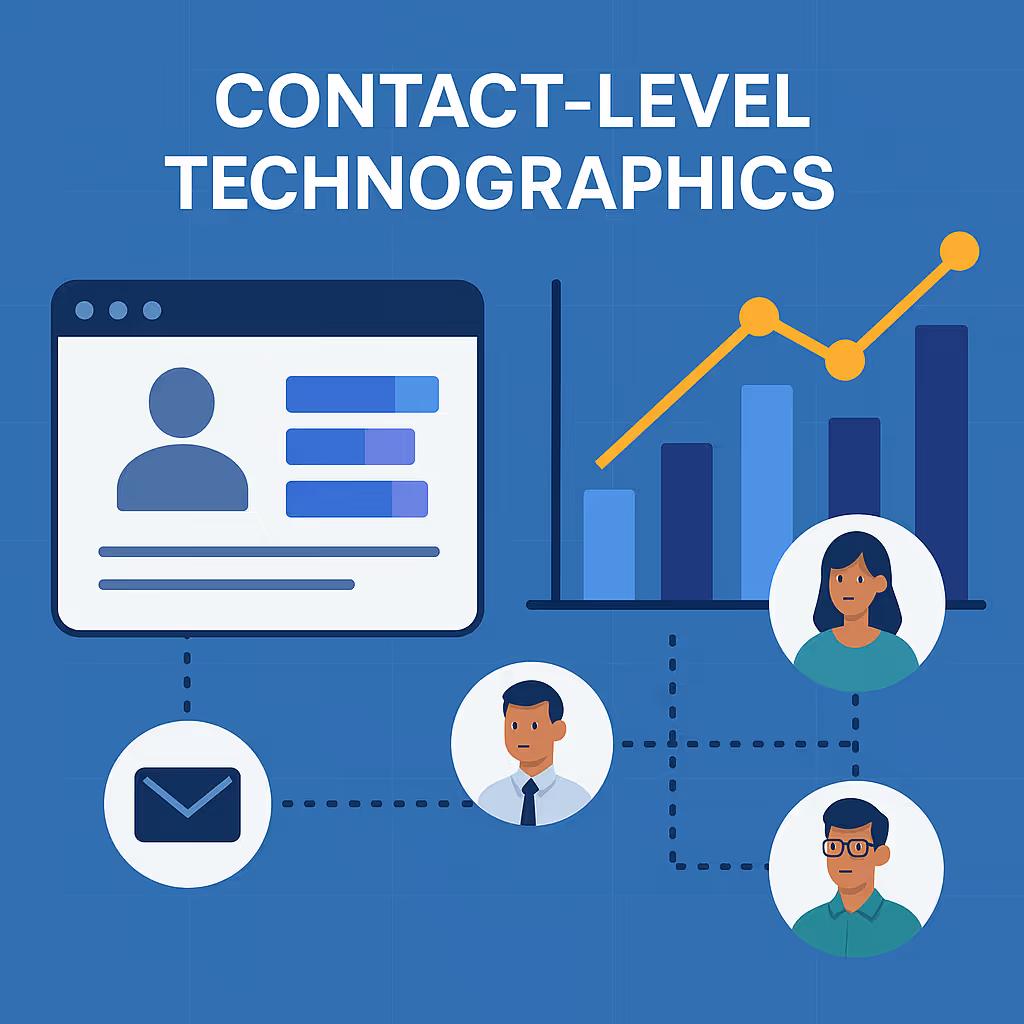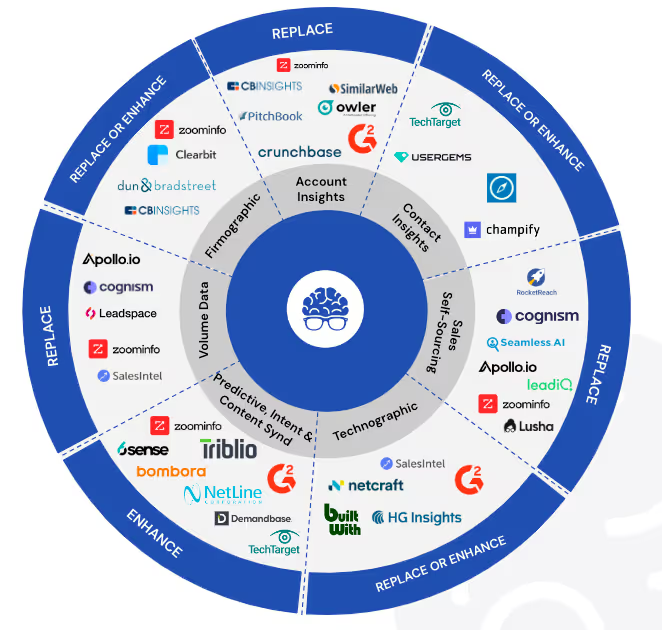As we move through 2024, the SaaS industry continues to evolve, driven by technological advancements, changing customer needs, and market dynamics. Here are the five biggest trends shaping the SaaS landscape this year:
1. AI and Machine Learning Integration
AI and machine learning are no longer just buzzwords; they are integral to modern SaaS offerings. Companies are leveraging AI to enhance product functionalities, improve customer experiences, and drive operational efficiencies. Key areas where AI is making a significant impact include:
- Personalization: AI-driven personalization helps SaaS platforms tailor experiences to individual users, enhancing engagement and retention.
- Automation: Machine learning algorithms automate routine tasks, from customer support chatbots to predictive maintenance alerts.
- Analytics: Advanced analytics powered by AI provide deeper insights into user behavior and business performance, enabling more informed decision-making.
2. Vertical SaaS Solutions
Vertical SaaS solutions, which cater to specific industries or niche markets, are gaining traction. Unlike horizontal SaaS platforms that offer broad functionality across multiple industries, vertical SaaS provides specialized solutions tailored to the unique needs of specific sectors. Examples include:
- Healthcare SaaS: Platforms offering electronic health records (EHR), telemedicine solutions, and healthcare data analytics.
- Fintech SaaS: Solutions for digital banking, payment processing, and financial compliance.
- Real Estate SaaS: Tools for property management, real estate CRM, and virtual tour technologies.
Vertical SaaS solutions offer deeper functionality and better alignment with industry-specific workflows, making them attractive to businesses seeking specialized tools.
3. Focus on Security and Compliance
As cyber threats continue to evolve, SaaS providers are placing a greater emphasis on security and compliance. With increasing regulatory requirements and customer concerns about data privacy, robust security measures are becoming a key differentiator. Trends in this area include:
- Zero Trust Architecture: Implementing a zero-trust security model where verification is required at every stage, reducing the risk of data breaches.
- Data Encryption: Enhancing data protection through end-to-end encryption, both in transit and at rest.
- Compliance Automation: Tools that help businesses automate compliance with regulations like GDPR, CCPA, and HIPAA, reducing the burden on internal teams.
4. Subscription-Based Pricing and Consumption Models
Traditional subscription-based pricing models are evolving to become more flexible and usage-based. This shift aligns costs with actual usage, making SaaS solutions more accessible and cost-effective for businesses of all sizes. Key developments include:
- Tiered Pricing: Offering multiple pricing tiers based on features, user numbers, or usage levels, allowing customers to choose plans that best fit their needs.
- Pay-as-You-Go: Consumption-based pricing models where customers pay for what they use, promoting transparency and cost savings.
- Freemium Models: Providing basic features for free while offering premium features at a cost, attracting a broader user base and converting free users into paying customers over time.
5. Selling to Small Businesses
As the adoption curve slows and total addressable markets become saturated, the focus is shifting towards small and medium-sized businesses (SMBs). New market entrants like HubSpot have successfully built bottom-up solutions that start by serving smaller businesses and gradually expand upwards. Key reasons why this trend is gaining momentum include:
- Market Potential: SMBs represent a vast, under-tapped market with millions of potential customers, offering significant growth opportunities.
- Tailored Solutions: SaaS providers are creating solutions specifically designed to meet the unique needs and budgets of SMBs, making their products more accessible and appealing.
- Data-Driven Insights: Leveraging detailed SMB data will be crucial in identifying and targeting these opportunities, enabling SaaS companies to better understand and serve this segment.
Final Thoughts
The SaaS industry in 2024 is characterized by rapid technological advancements and a focus on meeting the evolving needs of businesses and users. From AI integration and vertical SaaS solutions to enhanced security measures, flexible pricing models, and a renewed focus on SMBs, these trends are shaping the future of SaaS. Companies that embrace these trends and innovate accordingly will be well-positioned to thrive in the competitive landscape.




